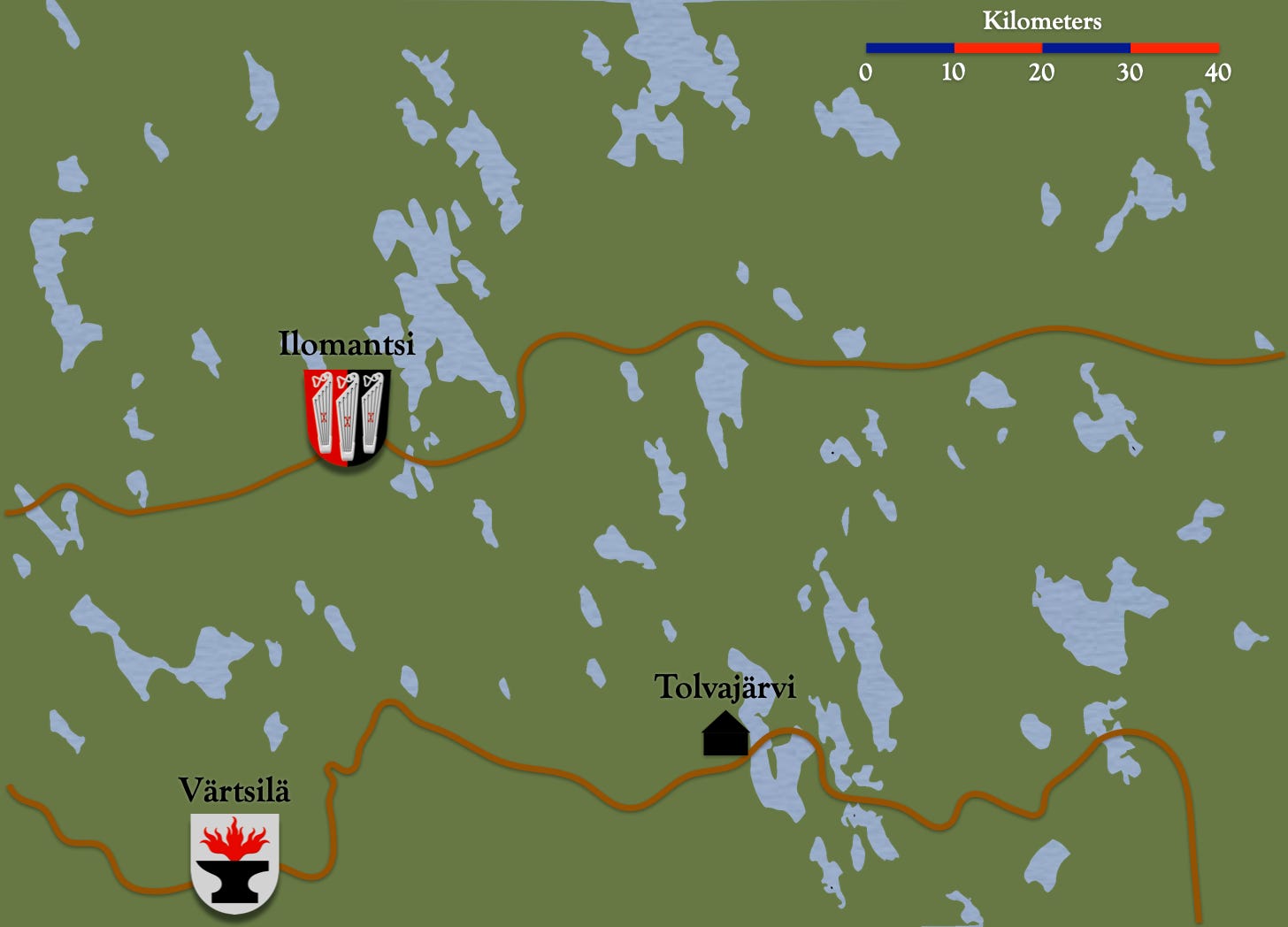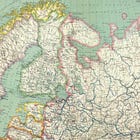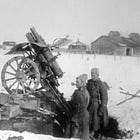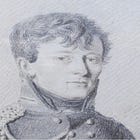This post presents the third problem of a multi-step decision-forcing case. Before engaging it, you will want to read the three background articles in the series and the first two problems in the case. You will also find much relevant information in the article on the artillery pieces that have just been placed at the disposal of the protagonist.
7 December 1939
At three o’clock on the morning of 7 December 1939 you reach the town of Värtsila and head directly to the headquarters of Paavo Talvela. There you tell him of the situation on the west bank of Tolvajärvi, the condition of Task Force Räsänen, and your opinion about the state of mind of the commanding officer of that ad hoc organization, Lieutenant Colonel Räsänen.
Colonel Talvela shows you a map of the sector for which he is responsible, pointing out both the road running through the town of Ilomantsi and the road that connects Tolvajärvi to Värtsila. (There is no need for him to remind you of the narrowness of these roads. Not only do you remember them well from the time you spent in this part of the country in the 1920s, but you just spent about six hours driving over them.)
Talvela tells you that the commanding general of the Soviet division on the northern road appears to be an extraordinarily cautious man. As a result, the resistance offered by Task Force A should suffice to prevent it from crossing the lakes east of Ilomantsi. He then shares his belief that the commanding general of the Soviet division that defeated Task Force Räsänen east of Tolvajärvi is much more energetic and, as a result, will be much harder to block. In other words, it is the Schwerpunkt of the Soviet offensive in this sector.
With those things in mind, he gives you the following order:
Take command of Task Force Räsänen
Change the name of Task Force Räsänen to Task Force Pajari
Defeat the Soviet forces moving towards Tolvajärvi
To assist you in fulfilling this mission, Talvela tells he that he will provide the following reinforcements:
The 16th Infantry Regiment (currently in Värtsila)
The 9th Independent Battalion (en route to Tolvajärvi)
The 5th Battery of the 12th Field Artillery Regiment, armed with four three-inch infantry guns (76 LK/13) (recently arrived at Tolvajärvi)
The 7th and 8th Batteries of the 6th Field Artillery Regiment, each armed with four three-inch field guns (76 K 02) (en route from Värtsila to Tolvajärvi)
In addition to these fresh units, none of which have seen combat, you will retain control of the surviving elements of Task Force Räsänen
The 7th Bicycle Battalion
The 112th Independent Battalion
The 10th Independent Battalion
(Each of these battalions is organized and equipped in much the same way as one of the battalions of the 16th Infantry Regiment.)
At five o’clock on the afternoon of 7 December 1939, you arrive at the village of Tolvajärvi, where you relieve Lieutenant Colonel Räsänen of command, and take stock of the situation.
You discover that the 7th Bicycle Battalion is located on the eastern bank of Lake Hirvas. Earlier today, Soviet infantry drove it from the positions it had been holding south of the causeway at Kivisalmi.
Most of the 112th Independent Battalion is in reserve near the village. One company, however, reinforces the 10th Independent Battalion.
The 10th Independent Battalion holds the peninsula north of the causeway at Kivisalmi.
The sun set thirty minutes ago. It will rise again at half-past nine tomorrow.
Ten centimeters of snow lie on the ground.
The ice on the lakes is thick enough to support the weight of a man.
Lieutenant Colonel Aero Pajari, what are your orders?
Please feel free to use the comments section to answer this question. In doing so, please be careful to avoid “spoiling” the problem by providing information that could not have been available to Lieutenant Colonel Pajari. Such information includes events that happened after 1700 on 7 December 1939 or details about the Soviet force marching towards Task Force Räsänen.
The following film, made shortly before the outbreak of war in 1939, gives a sense of such things as the density of forested areas, the width of the road, and the general lay of the land.
For Further Reading:
To Share, Subscribe, or Support:














On another point, that video was very informative WRT how beautiful Finland is (or parts of it anyway) and how restricted movement is. Thank you for attaching it. No wonder the Soviets got their butts beat so badly in so many places. Stalin really was one of greatest criminals in human history.
I won't write a full comment, but some notes:
- 7th Bicycle battalion (what's a bicycle battalion at all) already engaged, and was defeated by the enemy
- I'm not concerned by direct attack, since: a) the road is very narrow, and easily to cover by artillery, b) if the ice is only thick enough to support a man, it means artillery/mortars can easily make it impassable (I guess)
- so my main concern is an envelope attack, or bypass, through where the 7th is. Either fully around Kiwisalmi, or through the 10th then through the 7th
- and that's all I can say
But this is an awesome series, and I can't wait for the next instalment, thank you!